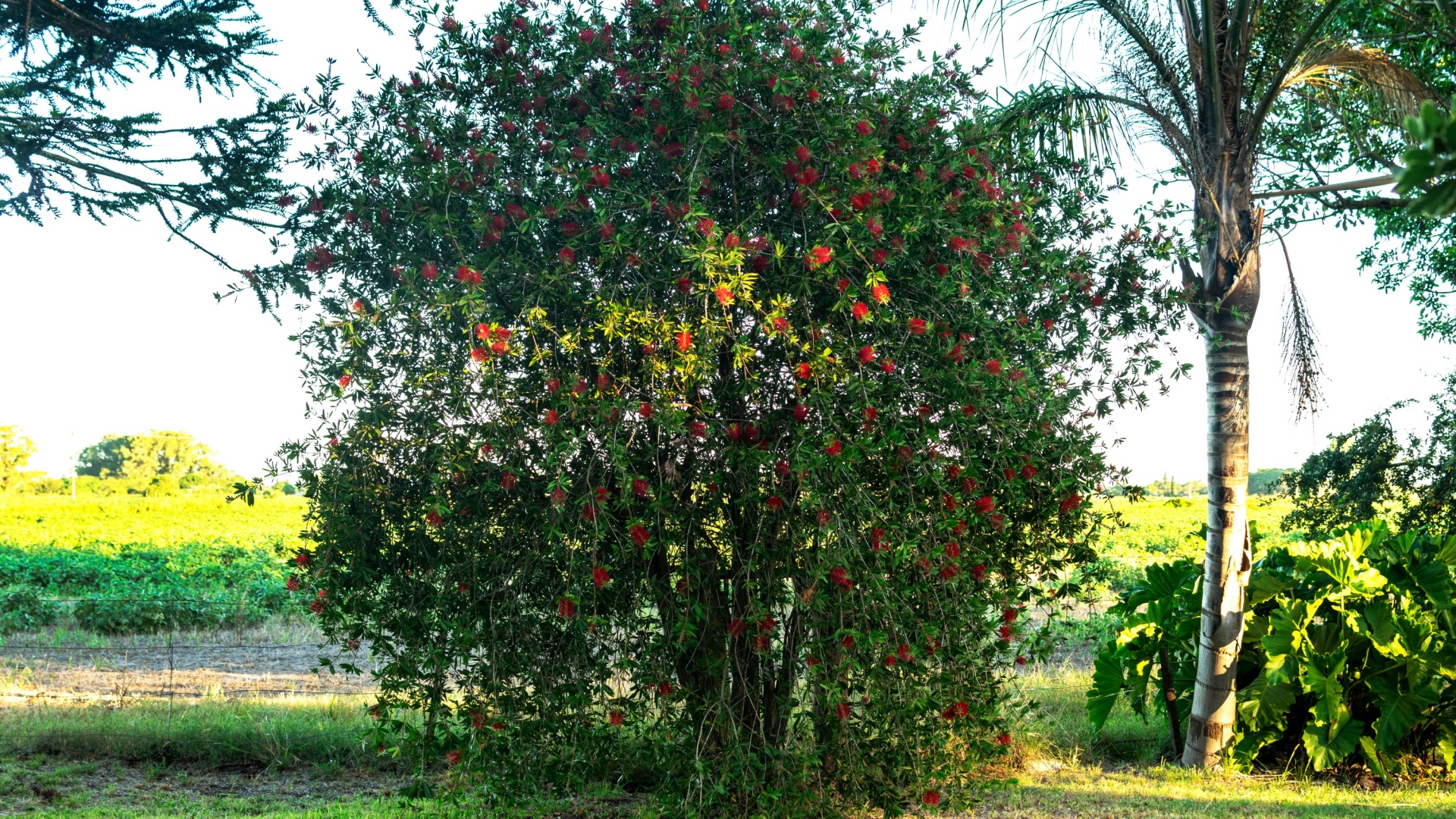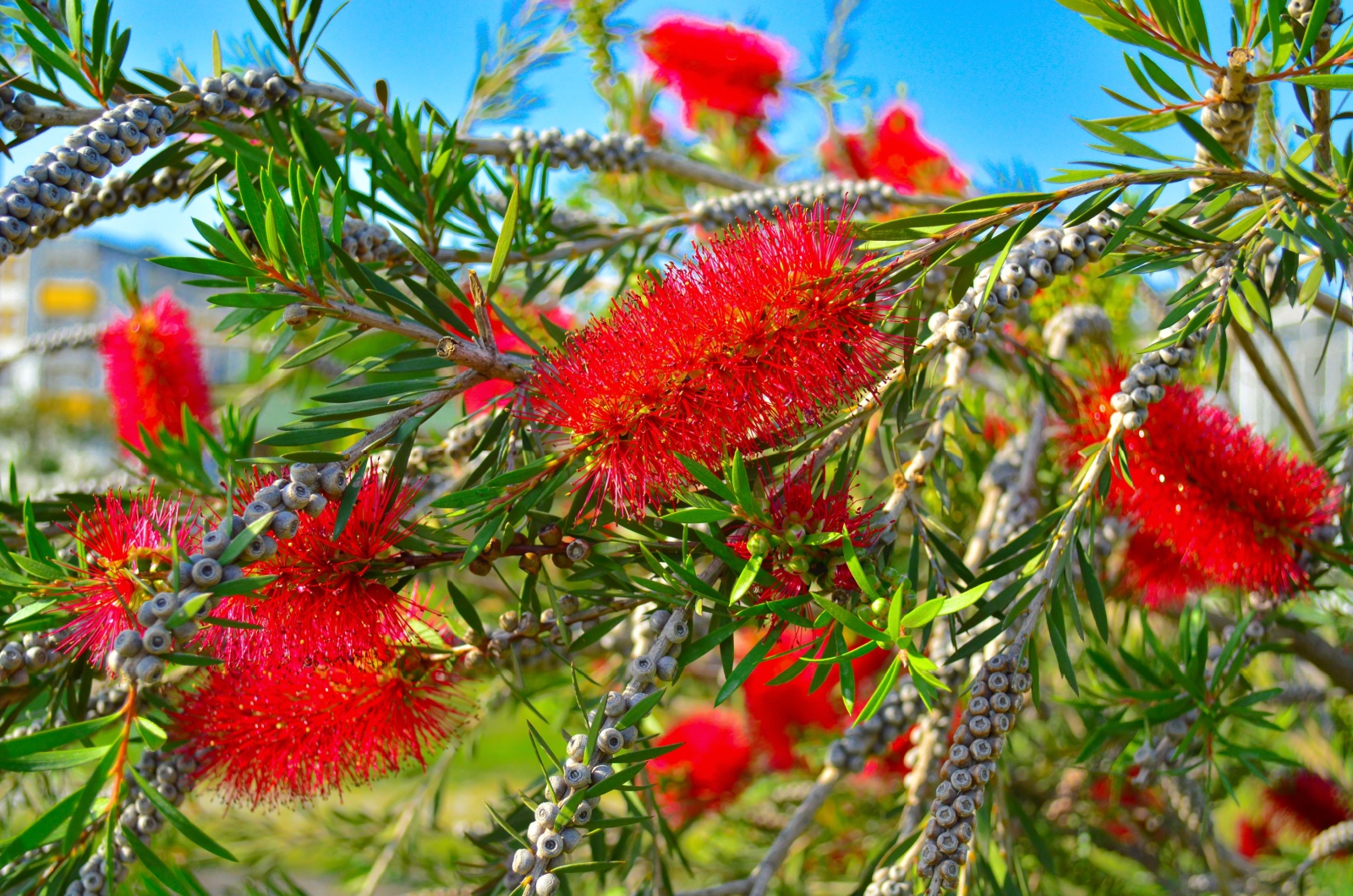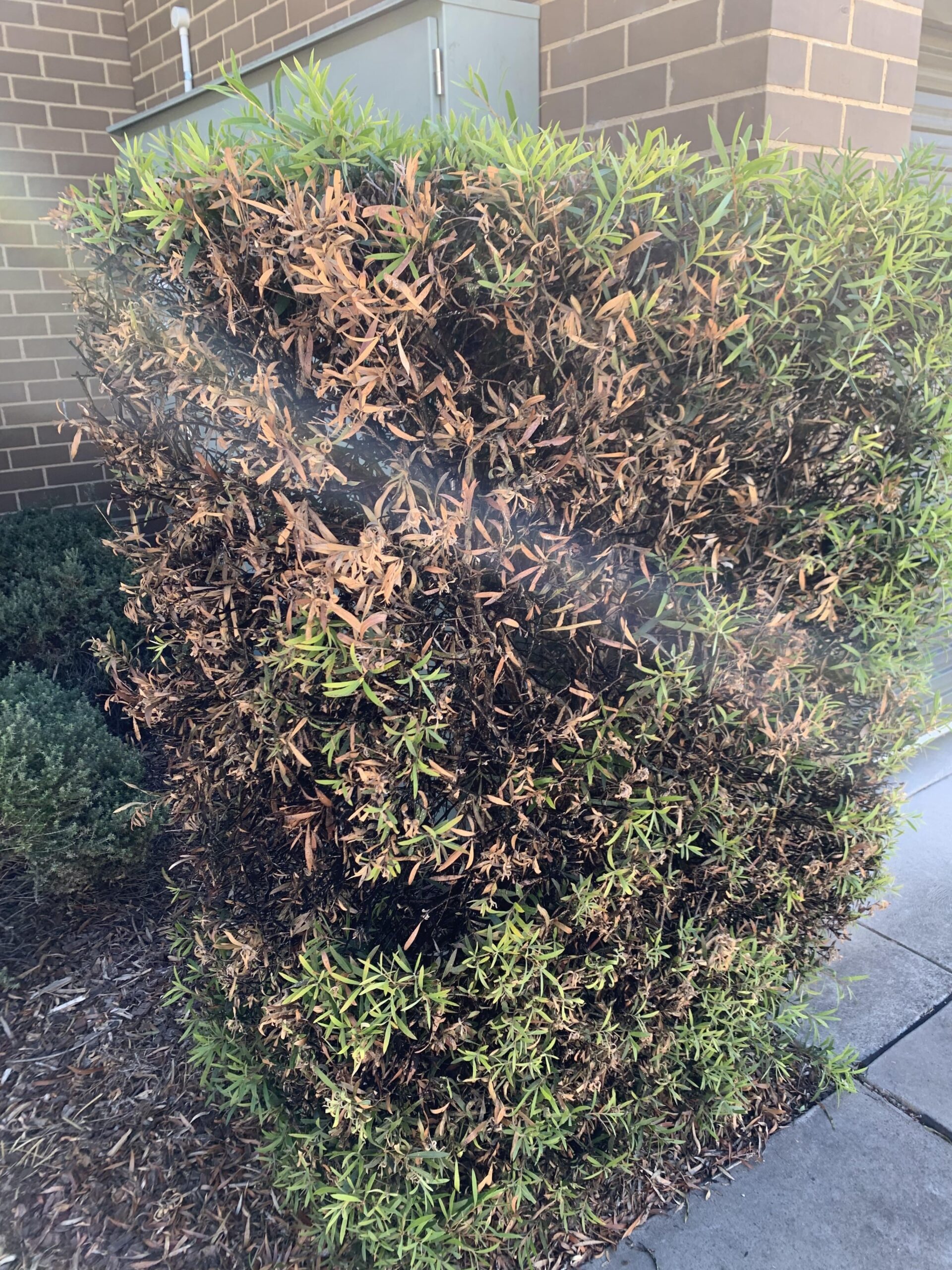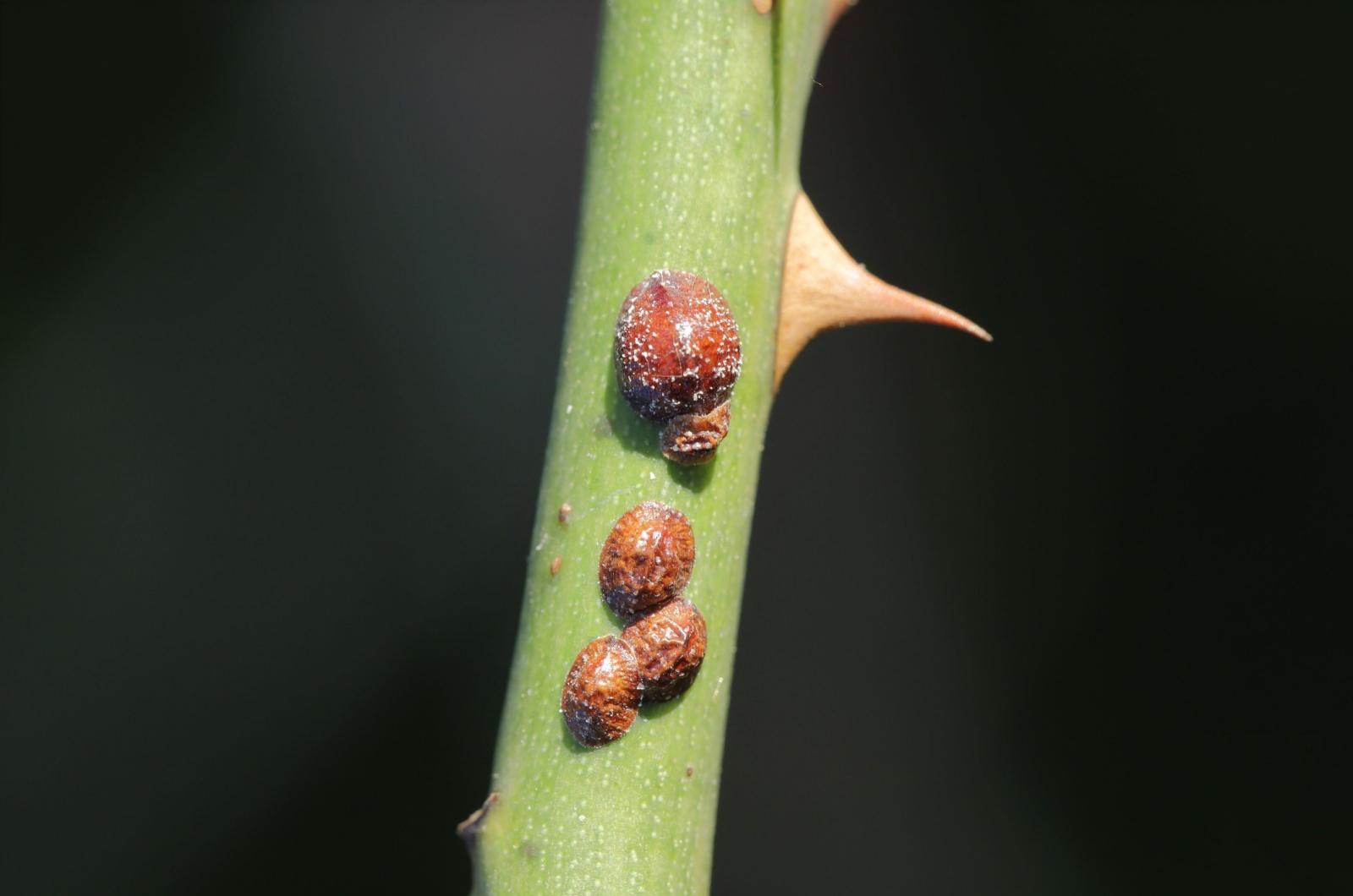Do you also think that the bottlebrush might be the most attractive tree that ever existed? Adorable narrow foliage and white, papery bark are what make these trees special.
I planted a bottlebrush in my garden a long time ago, and I didn’t face any problems until last year! My bottlebrush was doing completely fine one day, but the next morning, I started noticing that something was different about it. As time passed, this tree kept looking worse!
So, I started searching for the possible cause, but it felt like a puzzle with lots of missing pieces. I spent days researching and monitoring my bottlebrush until I finally came to a conclusion!
Those missing pieces were actually right in front of my eyes the whole time, I just needed to pay closer attention to this tree. The bottlebrush is actually the easiest tree you can grow, but you’ll need to be aware of these common problems!
Now, if your bottlebrush isn’t doing well, you should definitely take a look at what’s troubling it. I prepared a list of three bottlebrush problems to help you out!
#1 The Reason Behind Yellow Bottlebrush Leaves Might Surprise You
Even though you think that yellow leaves can be treated and fixed easily, sometimes that isn’t the case! Yellow foliage is way more dangerous because if you don’t find what causes it and prevent it in time, it can damage your plants or trees a lot.
But what causes yellow leaves on your bottlebrush? Believe it or not, overwatering is to blame! The bottlebrush needs to be watered once every two weeks, and if you water it more than that, it can be the wrong move.
Overwatering can lead to damage to the tree’s roots, which can cause yellow leaves! But don’t worry, I’ve got you covered with these amazing tricks that will successfully prevent it from happening.
You’ll need to get a soil moisture meter and check your bottlebrush weekly. If you spot that the soil is much wetter than it needs to be, improve drainage in your garden.
The best way to do that is to gather lots of organic matter on top of your tree using compost! After a few days, you’ll be able to improve the structure of the soil, and it will drain easier! This will make all the yellow leaves on your bottlebrush green again.
#2 This Is What You Need To Do So Frost Doesn’t Damage Your Bottlebrush
Your bottlebrush tree is very sensitive to cold weather. If you live in northern regions, you’ll need to keep this beautiful tree safe through the winter!
The first frost will hit your garden soon, and if the bottlebrush isn’t protected, the harsh winter can damage the foliage and even cause the branches not to appear when spring arrives.
There is only one way to prevent this from happening. If you want to overwinter your bottlebrush the right way, you’ll need a frost cover! All you need to do is put this little blanket on your tree, and it will keep it warm all winter so there won’t be any sign of frost damage.
If your bottlebrush somehow gets affected by frost, you can prune damaged branches in the spring. When you do this before the flower buds develop, your tree will have enough time to fill in bare spots with new foliage.
#3 Keep an Eye Out for This Tiny Troubling Insect
While I was learning everything I needed to know about growing bottlebrushes, I found out that it’s resistant to pests! But little did I know that tiny brown insects called scale bugs were hiding in my yard and waiting to damage my tree!
These pests enjoy collecting all the sap from your bottlebrush, which can lead to irregular growth! Luckily, I discovered an excellent trick for driving them away.
If you spot these insects on your bottlebrush, remove any damaged leaves and use neem oil! If you combine these two tasks, scale bugs won’t come back to your garden ever again.
Now you finally know the reasons behind your bottlebrush’s damaged growth and yellow leaves! Today, you learned about the most common problems with bottlebrush that you might face or have even struggled with.
But with these tips and tricks, you’ll be able to prevent it from ever happening again in the easiest way possible!
Did you know that bottlebrushes can even live for fifty years in your garden? If you want this stunning tree with lovely flowers to thrive for that long, you’ll just need to give it all your love and attention!
Make sure to follow these steps I’ve shared with you, and there won’t be any complications.
Good luck!




